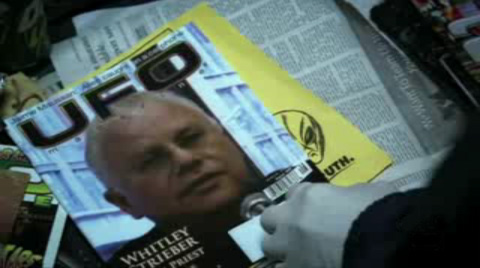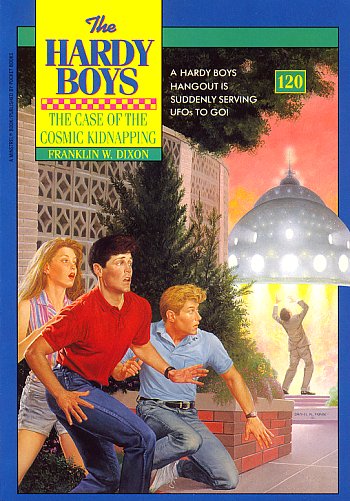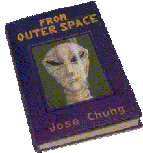|
In Wolfen (the film), the creatures’
territory is invaded as development encroaches on the ruins of Harlem:
|
In Detour, the creatures’ territory
is invaded as development encroaches on their forest.
|
|
In Wolfen, the creatures leave footprints
that appear to be animal with qualities of the human:
|
In Detour, the creatures leave footprints
which appear to be human with qualities of the animal.
|
|
Both the Wolfen and Detour's
Mothmen are multiple in number and hunt by using lupine tactics (as demonstrated
in the X-Files when the large group of officials are cleverly seperated
into two smaller, easier-to-attack groups). Had the X-Files created a
single Mothman, it would not have been able to hunt in this manner.
|
|
The Wolfen are nearly invisble to
humans due to hundreds of years of developing stealthy characteristics.
(Through deft body movements they can escape
our attention, and they can move at such speeds as to become a mere blur
even when directly in view).
When this fails, they have a keen intelligence
which leads them to conclude that they must preserve their secret - no
matter what the cost is in human life.
|
Detour's Mothmen are nearly invisible
to humans due to hundreds of years of developing stealthy characteristics.
(They have a cameleonlike ability to blend
into their surroundings, and are mere distortions even when directly in
view).
When this fails, they, like the Wolfen,
kill to preserve their secret: That they have killed others who were aware
of their existence is not only a theory expoused by Agent Mulder but is
implied from the skeletal remains of victims seen in the Mothmen’s
lair.
|
|
...and during this effort (in both Wolfen
and Detour), some of the protagonists are felled, leaving only
the male and female protagonists (Mulder and Scully in Detour, Wilson
and Becky in Wolfen) to see the story to the end.
|


 Book: The Hardy Boys:
Book: The Hardy Boys: 
